It’s no secret that content can drive a significant amount of organic traffic. Next to ad campaigns, the right kind of organic content can open up a brand to new audiences around the web for minimal cost.
Unfortunately, brands and marketers continue to struggle to create engaging content. According to HubSpot, creating engaging content is one of the biggest challenges faced by marketers today.
More specifically, brands struggle to produce engaging content as well as produce enough content.
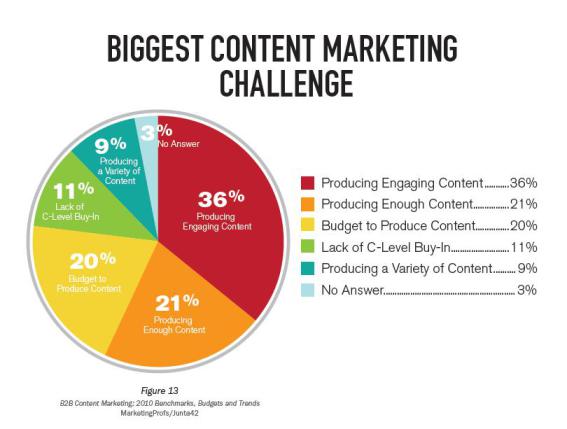
“Produce” is the operative word.
ecommerce brands have a distinct advantage over many brands, especially those who deal with a tangible product. You don’t have to produce or create anything when you source user-generated content and leverage that in your ecommerce store.
What Is User-Generated Content?
User-generated content (UGC) is basically any kind of content created by contributors, typically your customers, without any compensation in return. UGC takes a variety of forms, including:
- Simple text, like reviews and testimonials
- Pictures
- Videos
- Forum posts
- Blogs
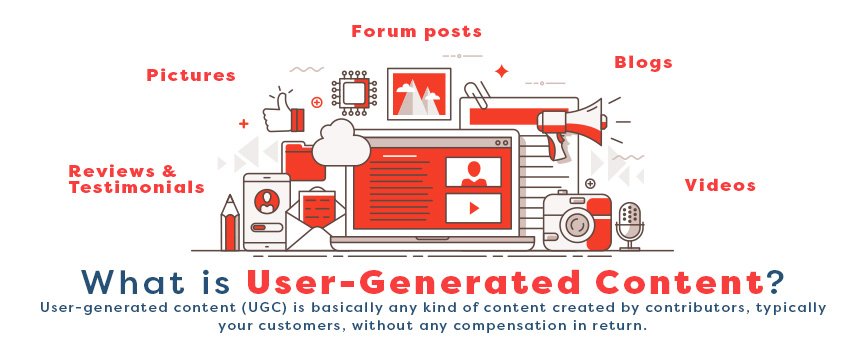
But that’s not all. Check out this prismatic viewpoint from Brian Solis and JESS3 around customer conversations and user-generated content.
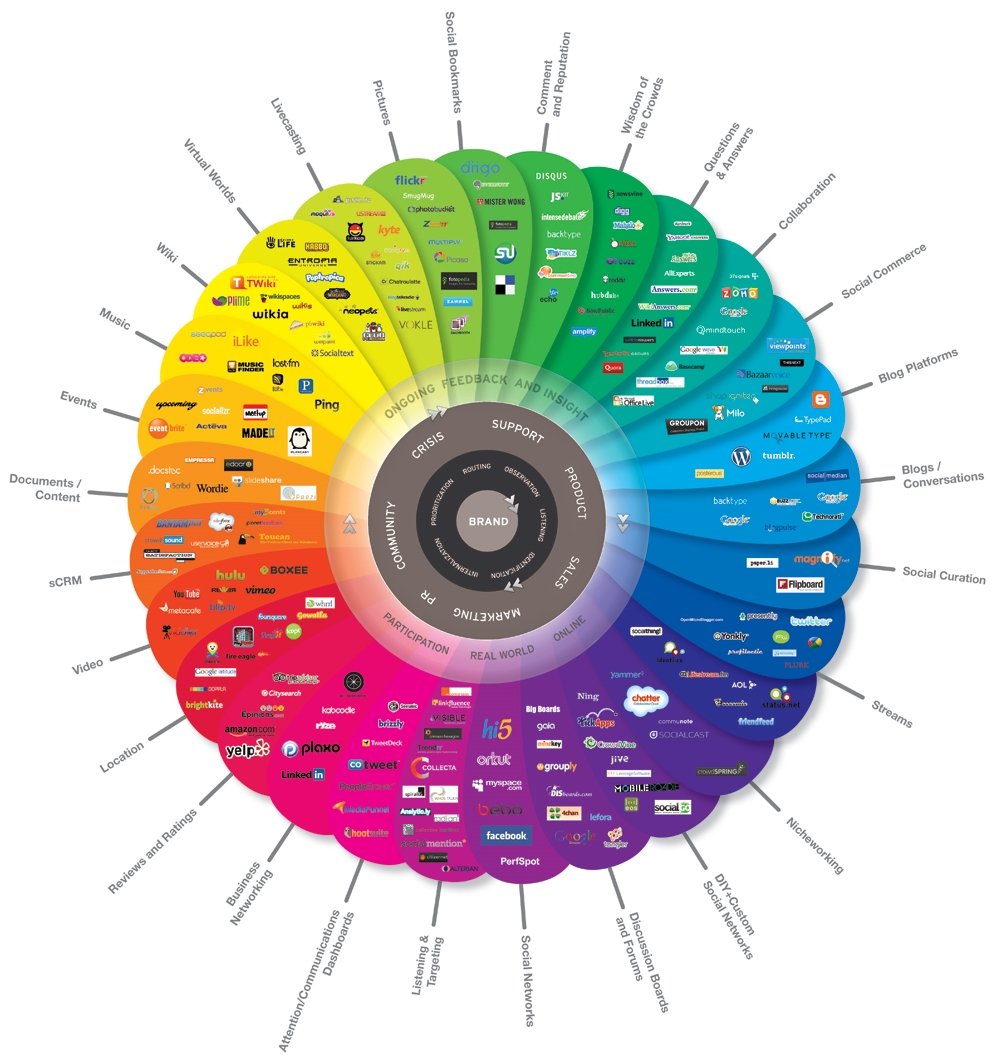
Customers have been talking about products and brands for decades—it’s certainly nothing new. With the ability to capture those conversations and interactions across social and marketing channels, ecommerce brands can now gain all the benefits without spending so much time trying to produce content.
And it’s a worthwhile investment of time to gather content.
Why User-Generated Content Is So Effective
UGC continues to lift conversions for brands around the world for one very specific reason: trust.
A 2016 Local Consumer Survey from BrightLocal shows that 84% of people trust online reviews as much as they trust a recommendation from someone they know, and 74% of people say positive reviews dramatically improve trust in a business.

That trust is why user-generated content is so effective. A full 82% of consumers say user-generated content (like reviews, for example) is extremely valuable in helping them make a purchase decision.
Sourcing UGC is the easy part; your customers are out there generating it every day. The next step is deciding what to do with it.
Inject Social Proof into Email Campaigns
Every successful ecommerce brand has an email marketing strategy that includes emails for new product launches, promotions, newsletters for building value, and, of course, abandoned cart emails. Each email is a prime opportunity to inject user-generated content.
For example, abandoned cart emails could go beyond highlighting the benefits. Showcase videos or animated gifs that feature customers using the product in context. For new product launches, feature the testimonials and reviews of industry influencers and early adopters.
Feature Customer Images in Product Pages
Every product page benefits from high-quality images. Data shared by VMO showed that choosing the right images can increase conversions by as much as 40%, based on prior case studies. But every online brand out there is using better-quality images. You can make your products stand out by skipping the stop images from manufacturers and turning to your customers.
Start by transforming your customers into models. Seeing real customers using and wearing products builds significant trust and interest in your product. It can also help deliver a specific message while supporting your brand and campaigns.
Check out this example from Under Armour:
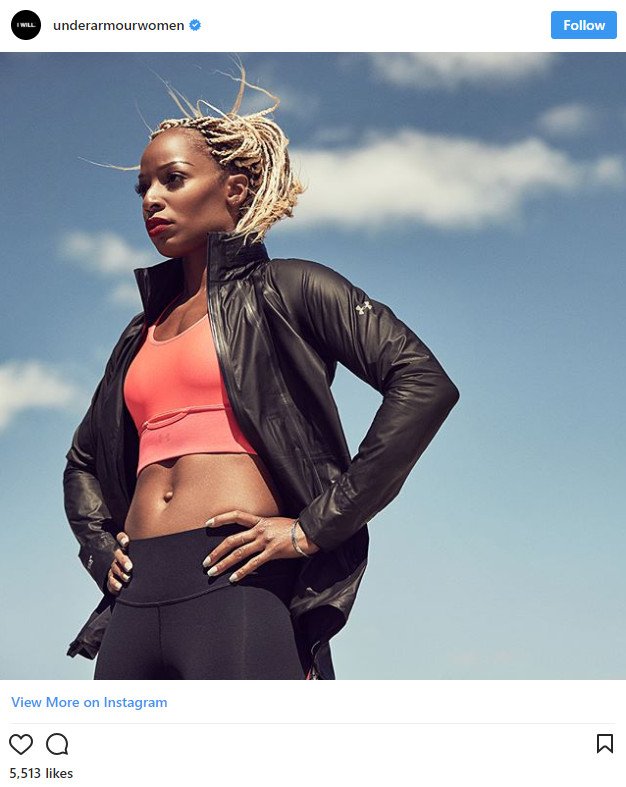
With continued body image issues around the fashion and apparel industry, Under Armour is using UGC to set itself apart and change the conversation.
The company launched the #UnlikeAny campaign that challenges the idea that its apparel is only for the super-athletic people of the world. The campaign generates a significant amount of user-generated content featuring customers in products made (and used by) everyday people.
Showcase Product Benefits
Some online brands have to get fairly creative with their user-generated content. While a product manufacturer or reseller of tangible products can easily benefit, a company selling something like software has to get a lot more creative.
When you don’t have a product to show off, you focus on the benefits to the consumer, what they get out of using the product or service, and their potential overall experience.
If that’s a little cryptic, then check out this example from Buffer:

Buffer is designed to make it easy for brands to schedule and share content from anywhere in the world. The company created the #BufferSpaces hashtag to encourage customers to post pictures of their workspaces around the world. The goal? To source user-generated content featuring exotic spaces to promote the freedom Buffer promotes.
Adobe sources UGC in the same manner, using the hashtag #adobeperspective to encourage its customers to share images and creations originating from the use of Adobe’s suite of creative software.

Think about how your customers use your product, find ways to source user-generated content, and then insert that into various marketing and media campaigns—or just share it back out via social media to boost engagement and brand awareness.
Build a Community Around Your Customers
You’re not the only expert when it comes to your products. Your customers are knowledgeable, and they love being a part of something they’re passionate about.
HubSpot recommends giving your audience a platform to engage with one another because that dialogue is a powerful kind of user-generated content. The Q&A segments of Amazon pages is a perfect example of customers answering questions asked by other customers.
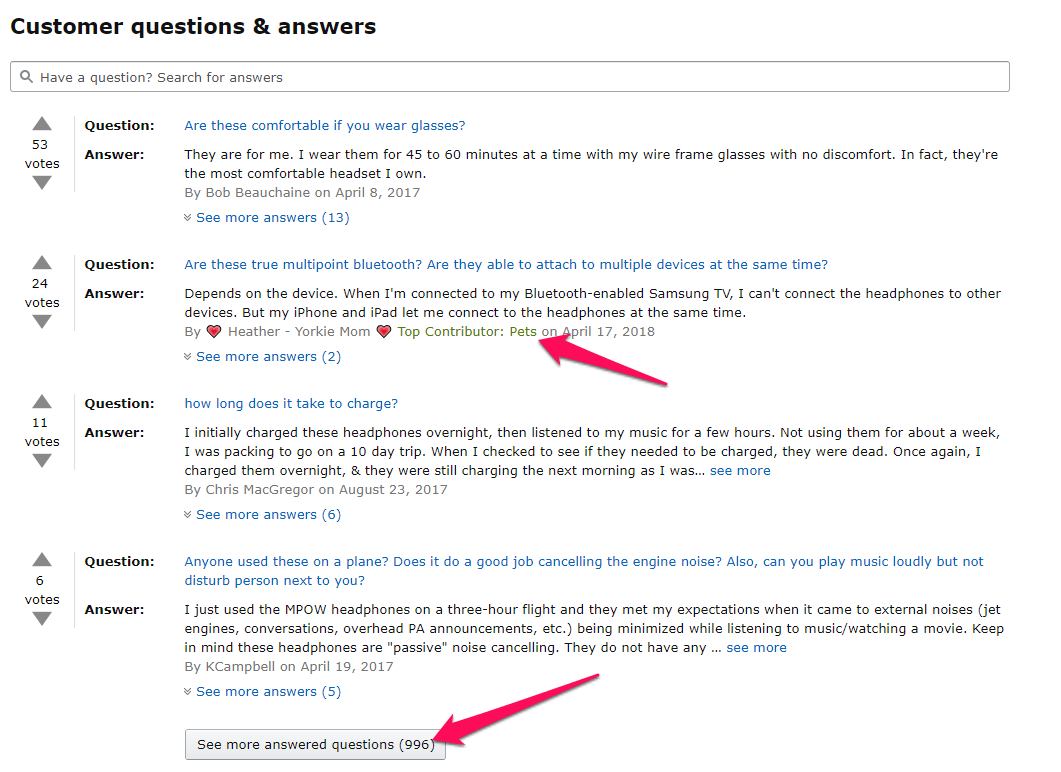
“Enabling a conversation between interested shoppers and past buyers builds a community around a brand providing social proof for the products and for the brand as a whole,” writes Yotpo’s Co-marketing manager, Joanna Alter. “Such communities break down barriers between individual online shoppers, which in turn creates an emotional connection with the brand and leads to conversions.”
Tie UGC into Ecommerce Ads
You’re not limited to using user-generated content on your site. Think beyond the borders of your store to where your customers spend their time and where you engage with them. You can share user-generated content organically across social channels, which is recommended, but you can get a lot more bang when using it for advertising campaigns.
Remember, customers trust the views and opinions of their peers over brand advertising, so incorporate reviews into your ads.
These examples from Social Media Examiner showcase the different ways you can use ads in reviews.
The first, from Perfect Locks, combines targeted copy alongside customer reviews for a more compelling ad.
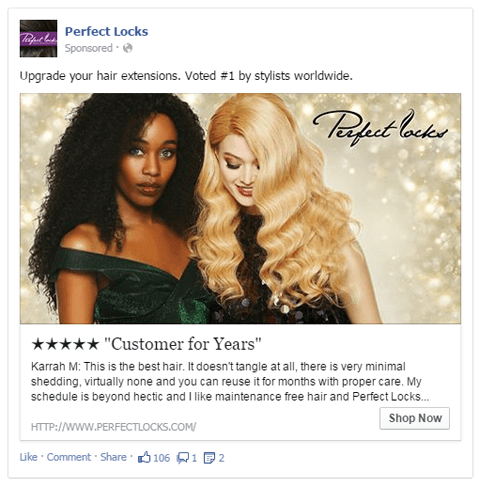
And, Pawstruck uses the carousel ad format to showcase multiple reviews for added impact.
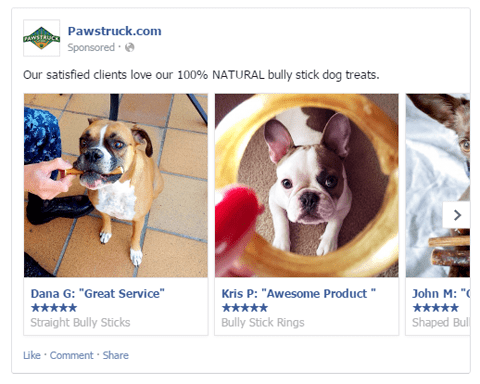
A review-based ad provides immediate social proof the second your target audience spots the ad, and it can spike engagement.
According to Yotpo, user-generated content increases click-through rates for Facebook ads by 300% and leads to a 50% drop in both cost-per-click and cost-per-acquisition.
Include Photos with Product Reviews
Reviews are easy UGC. Your company generates reviews without doing anything other than providing tremendous customer service and quality products. Email follow-up and social engagement can spark additional reviews.
If you want reviews with more impact, then choose a review platform you can integrate with, which allows for customers to add images and even video alongside their reviews. Yotpo is one of many platforms that offer visual reviews from consumers.
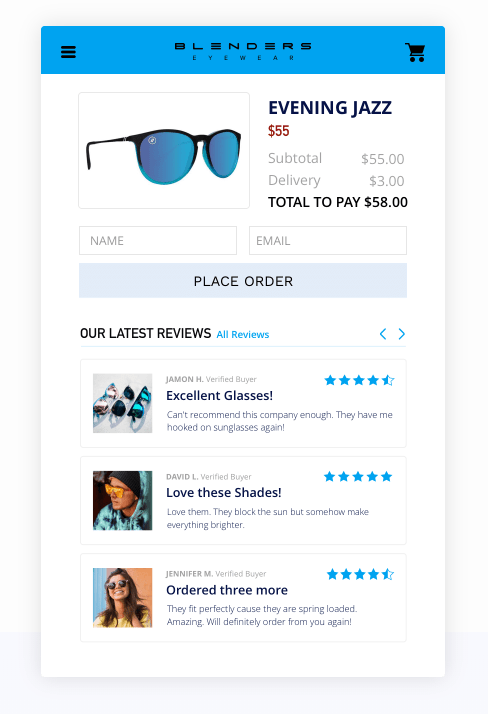
Customers are more than happy to share their experiences, and that matters. 77% of consumers feel that authentic photos from other customers affect their purchase decisions more than professional photos from stores do.
In another survey, 40% of consumers said rich user-generated content (photos or videos) would most likely affect purchase decisions. The more they share alongside their reviews, the more value it brings to your ecommerce store.
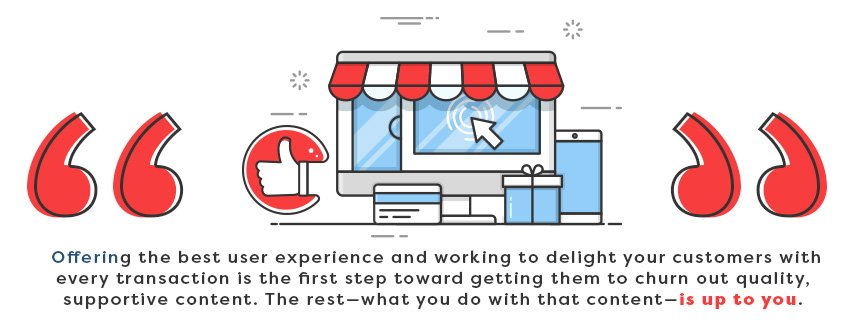
Conclusion
Give customers any kind of a platform they can use to brag about their purchase and your product and to share their happiness, and they’ll take the ball and run with it. You don’t need to sell luxury products or the next big trending item. Offering the best user experience and working to delight your customers with every transaction is the first step toward getting them to churn out quality, supportive content. The rest—what you do with that content—is up to you.






Responses